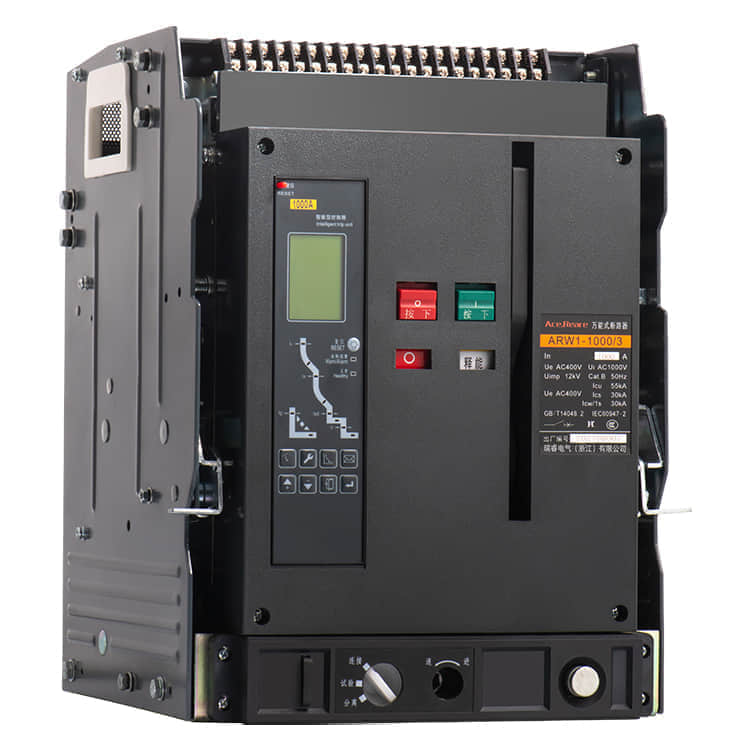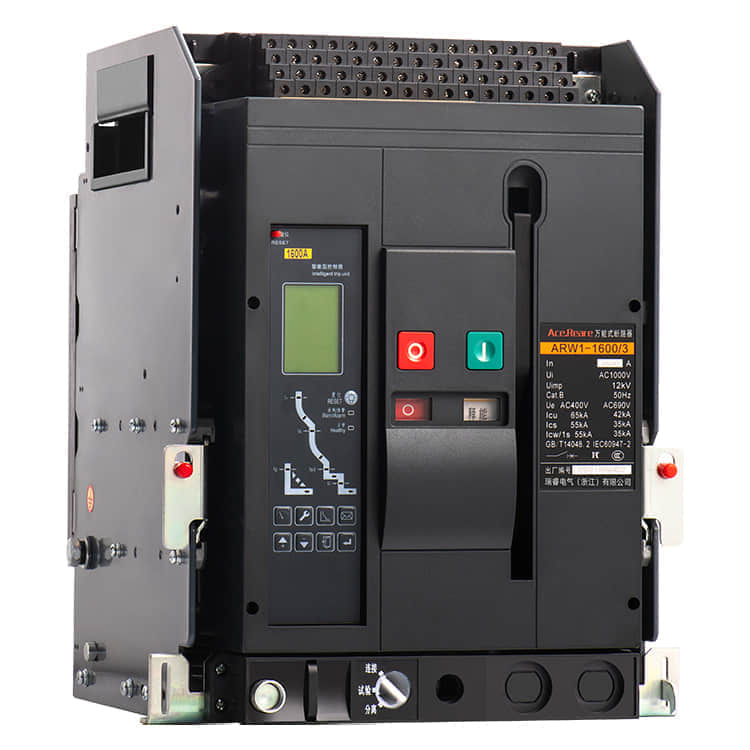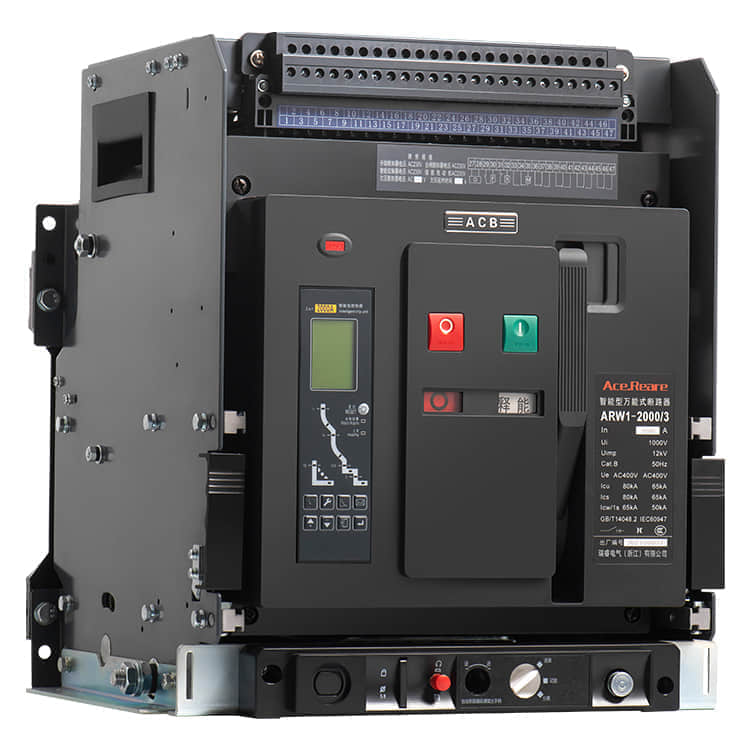In the world of electrical engineering, the term "ACB breaker" holds immense significance. ACB, or Air Circuit Breaker, is a fundamental component in electrical systems that ensures the safety and stability of power distribution. Over the years, ACB breakers have undergone remarkable advancements, transforming the way we manage and control electrical currents. This article delves into the evolution of ACB breaker technology, highlighting its crucial role and the innovations that have shaped its development.

The Role of ACB Breakers: ACB breakers are pivotal in safeguarding electrical systems from overcurrent and short circuit faults. Acting as automatic switches, they interrupt current flow in case of abnormalities, preventing damage to equipment and potential hazards such as electrical fires. Their ability to rapidly detect faults and disconnect circuits makes them indispensable in industrial, commercial, and residential settings.

Evolutionary Milestones: The history of ACB breakers dates back to the early 20th century when the concept of automatic circuit protection began to gain traction. The initial designs were rudimentary, employing simple mechanisms to detect excessive currents. As technology advanced, so did ACB breakers. Electromechanical ACB Breakers: The first breakthrough was the incorporation of electromagnetic tripping mechanisms. These early ACB breakers utilized the magnetic force generated by current imbalances to trip the circuit. While effective, they lacked precision and adjustability.
Solid-State Electronics: The advent of solid-state electronics in the mid-20th century revolutionized ACB breakers. These advancements allowed for more precise and customizable tripping mechanisms, enhancing their accuracy and responsiveness. Digital displays and controls further improved monitoring and maintenance.
Microprocessor-Based ACB Breakers: The late 20th century witnessed the integration of microprocessors into ACB breakers. This marked a significant turning point, enabling advanced protection algorithms, communication capabilities, and coordination with other devices. These "smart" ACB breakers paved the way for remote operation, data logging, and predictive maintenance.
Connectivity and IoT Integration: In recent years, ACB breakers have embraced the Internet of Things (IoT) trend. Through connectivity features, they can now communicate real-time data to central control systems, facilitating proactive monitoring and rapid responses to potential issues. This connectivity also enables energy management and load optimization.
Arc Fault Detection: Another noteworthy advancement is the implementation of arc fault detection technology. ACB breakers can now identify hazardous arc-fault conditions caused by loose connections or damaged wires. This not only enhances safety but also minimizes downtime and maintenance costs.
Benefits and Future Prospects: The continuous evolution of ACB breakers has led to numerous benefits. Enhanced protection capabilities ensure a higher level of safety for both personnel and equipment. The integration of advanced electronics allows for remote operation and condition-based maintenance, reducing downtime and improving overall system reliability. Additionally, these advancements contribute to the efficient utilization of electrical energy, aligning with modern sustainability goals.
Looking ahead, the future of ACB breakers appears promising. The ongoing miniaturization of components, coupled with the rise of renewable energy sources and energy storage systems, is likely to drive further innovation. ACB breakers could play a pivotal role in creating resilient microgrids and smart distribution networks capable of managing complex energy flows.
In conclusion, ACB breakers have evolved from basic electromechanical devices to sophisticated, interconnected components at the heart of modern electrical systems. Their journey showcases the remarkable progress made in electrical engineering and highlights the importance of adaptability and innovation in ensuring the reliability and safety of our power infrastructure.




